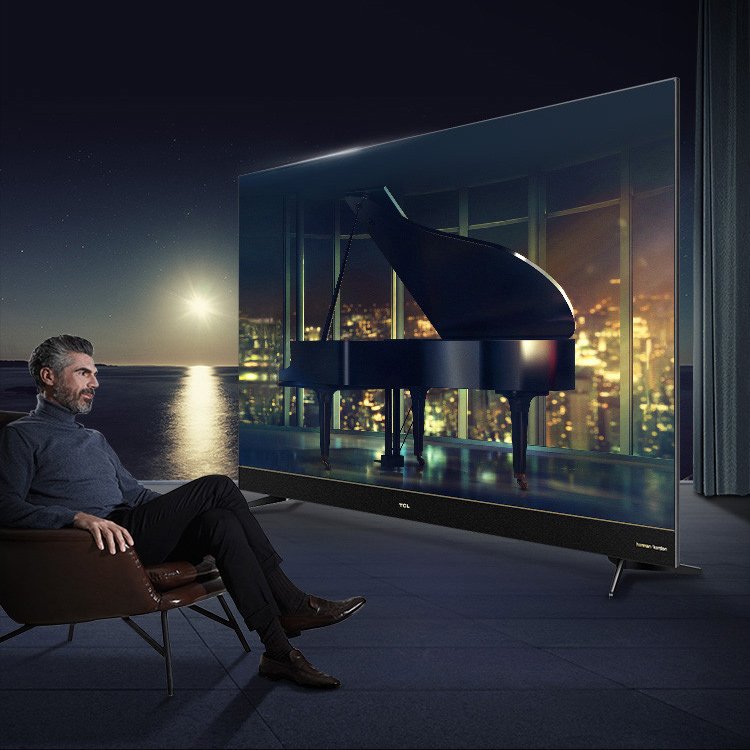Understanding Smart TV SKD and CKD Components
1. Definition and Assembly Differences
- SKD (Semi Knocked Down): Partially assembled units containing major sub-assemblies like display panels and mainboards. Example: LG ships SKD kits with pre-assembled display modules to Brazil.
- CKD (Completely Knocked Down): Fully disassembled kits requiring complete local assembly. Example: Samsung ships individual components for Tizen 43 inch smart TVs to Vietnam.
2. Operational Impacts
- SKD advantages:
- Faster final assembly (40-60% less time than CKD)
- Lower technical requirements
- Example: TCL smart tv wholesale SKD operations in South Africa
- CKD advantages:
- Higher local content value
- Better customs benefits
- Example: Xiaomi CKD plants in India
3. Tariff and Trade Considerations
- SKD Taxation:
- Typically classified as “partial assemblies” (HS 8528.72)
- Brazil imposes 12% on SKD versus 18% on finished TVs
- EU applies 4% duty on SKD TV kits
- CKD Taxation:
- Often qualifies for duty exemptions
- India offers 5% concession for CKD under Make in India
- Vietnam provides 0% duty for CKD with 30% local sourcing
4. Strategic Recommendations
- For high-tax markets: Use CKD to leverage local production incentives
- For tech-constrained regions: SKD reduces assembly complexity
- Emerging markets: CKD creates better long-term value
Keyword Tags
smart tv manufacturing, skd vs ckd, tv assembly kits, import duty on electronics, hs code 8528, local content requirements, global tv production









